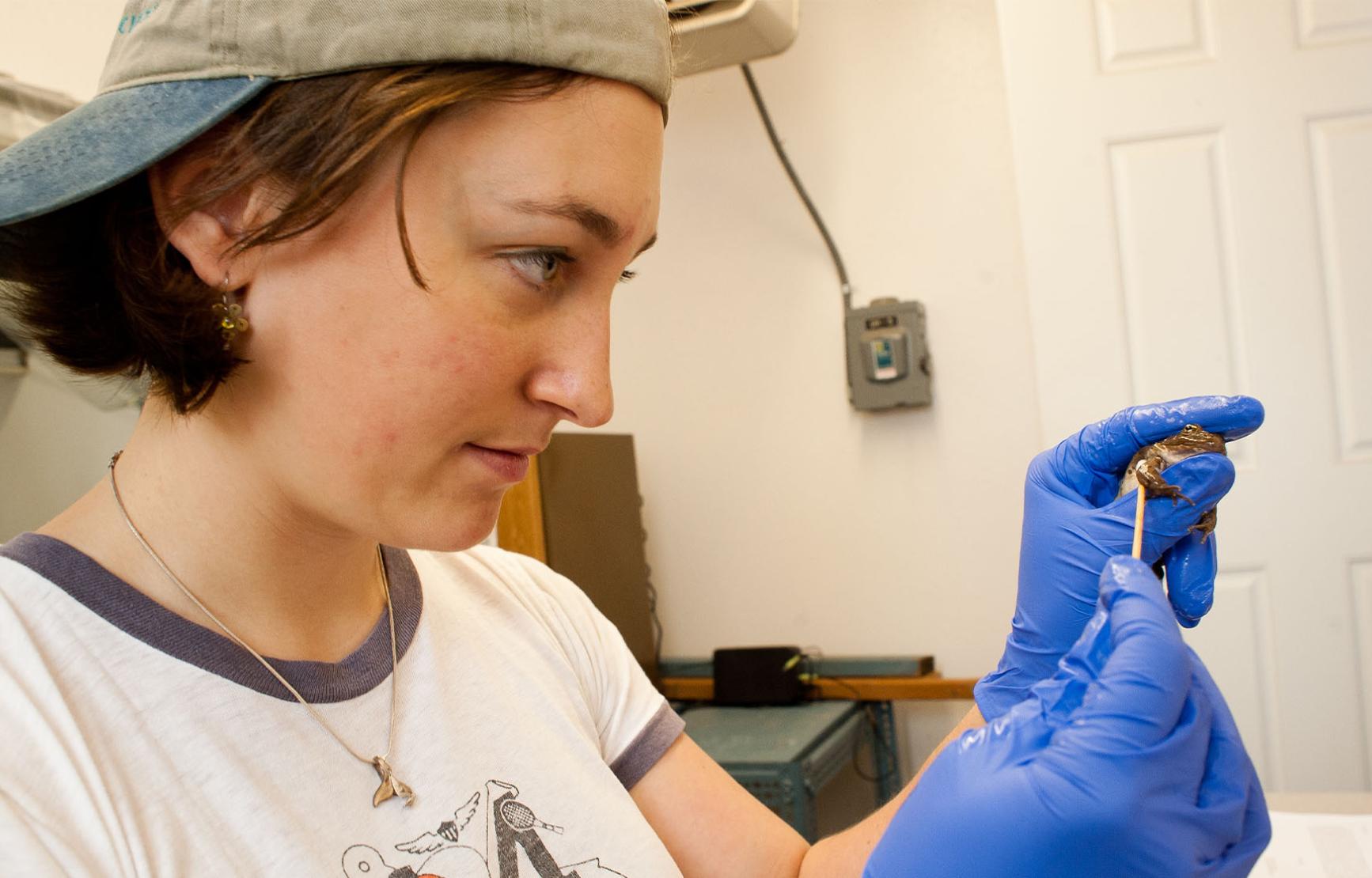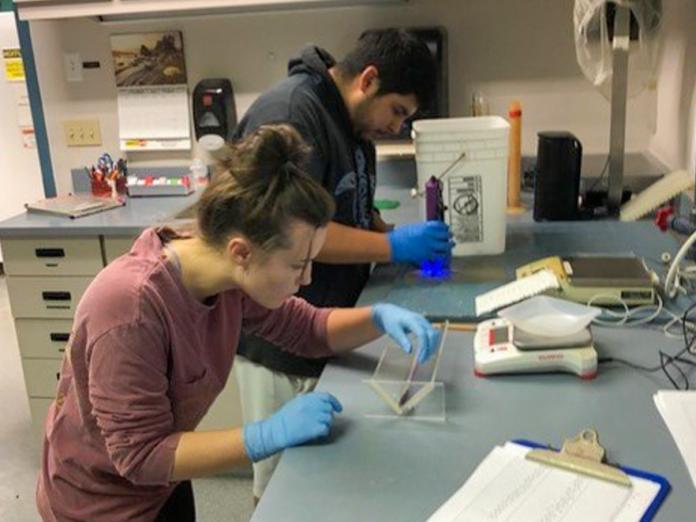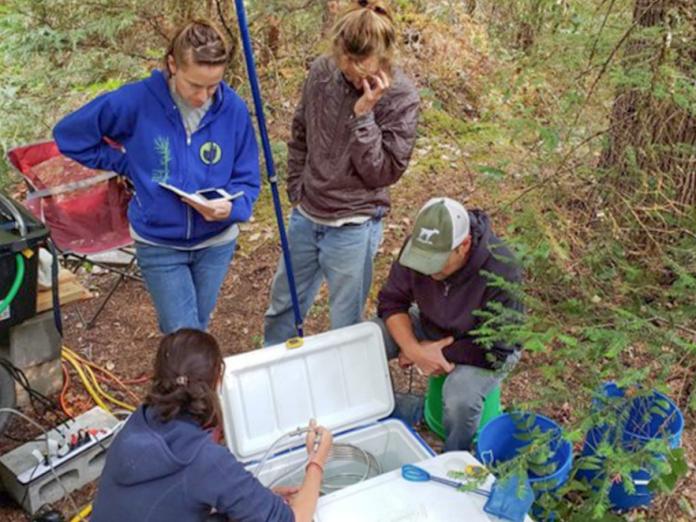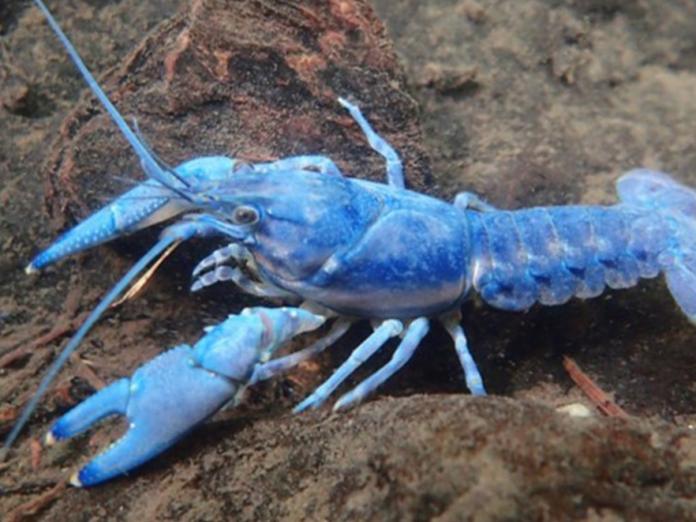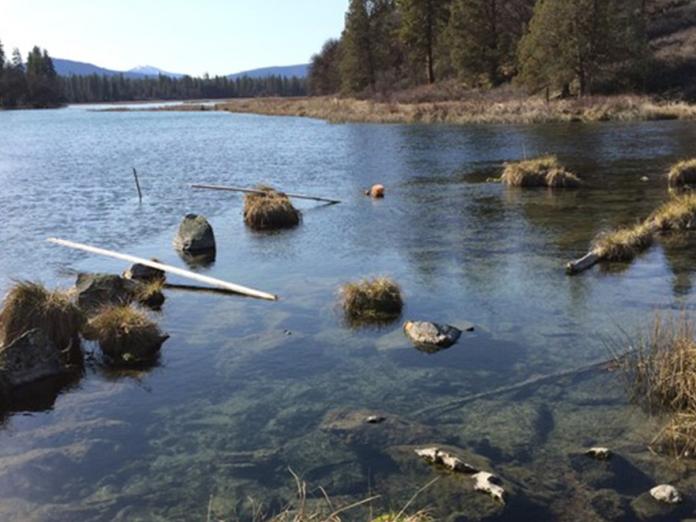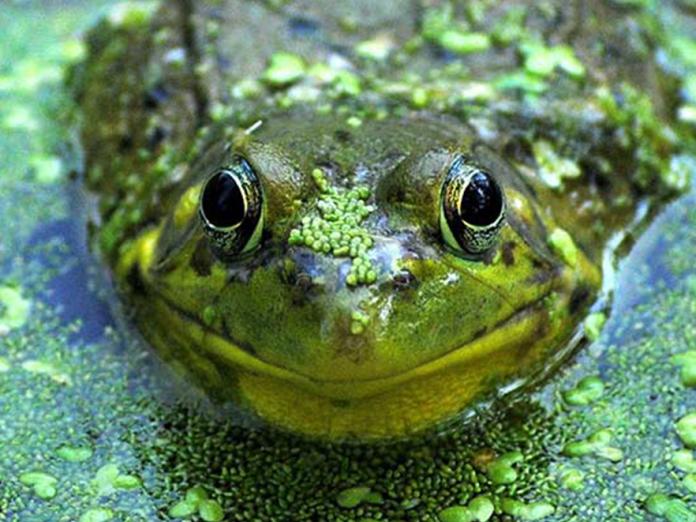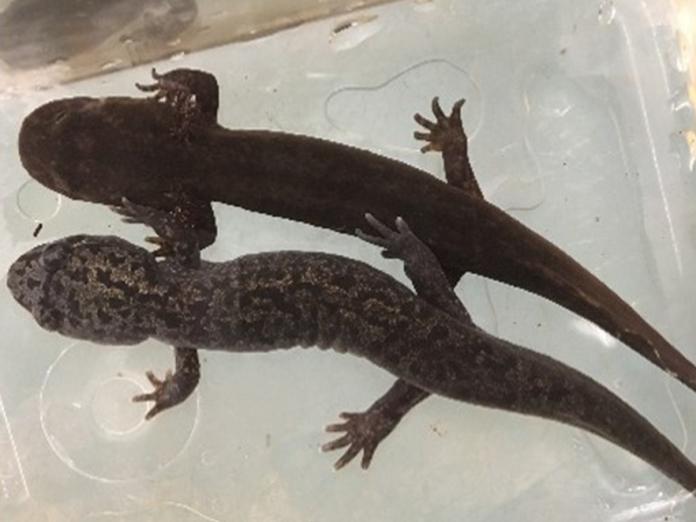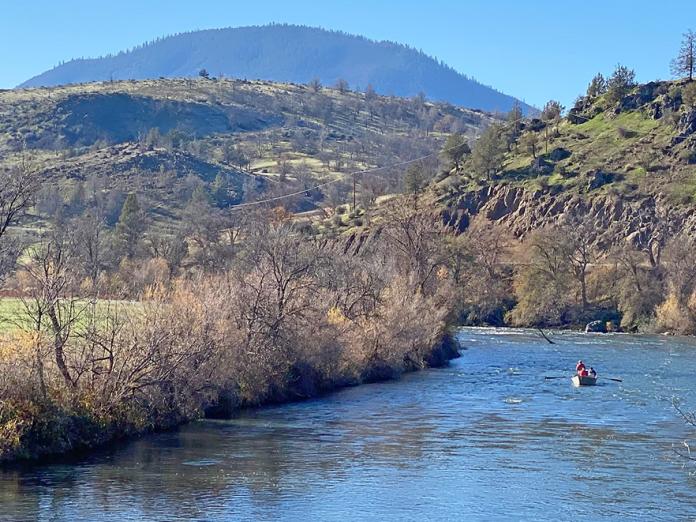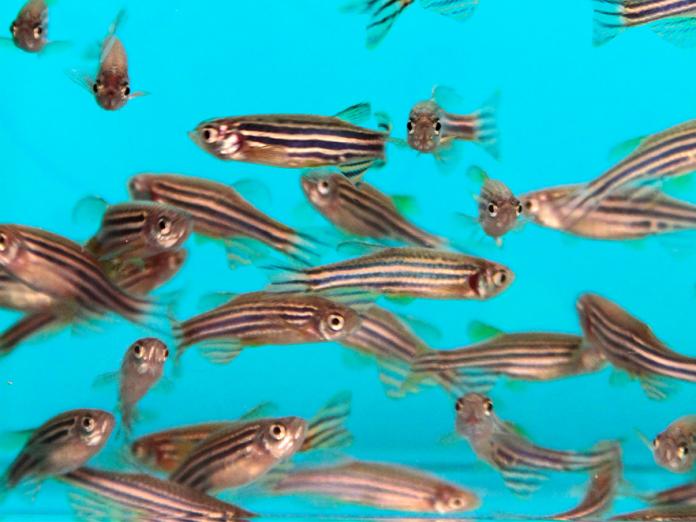Research projects

Behavior of hatchery fish
Dr. Michael Blouin (OSU Integrative Biology) and his lab are testing “personality” in newly hatched wild x wild and hatchery x hatchery crosses of fish and rearing them in multiple learning environments to ascertain the differences in selection imposed on fish for survival.
In hatcheries, behavioral adaptations, e.g., habituation to novel stimuli (i.e. risk taking) occur in fish reared under artificial conditions favoring traits that improve growth in man-made environments. However, these traits are inheritable and may negatively impact the survival of the next generation. The ability to remain variable and avoid predators due to lower risk taking behavior may favor wild fry over hatchery-reared fish in natural settings.
Christie, M., Marine, M., Fox, S., French, R. and Blouin, M. 2016. A single generation of domestication heritably alters the expression of hundreds of genes. Nat. Commun. 7:10676.
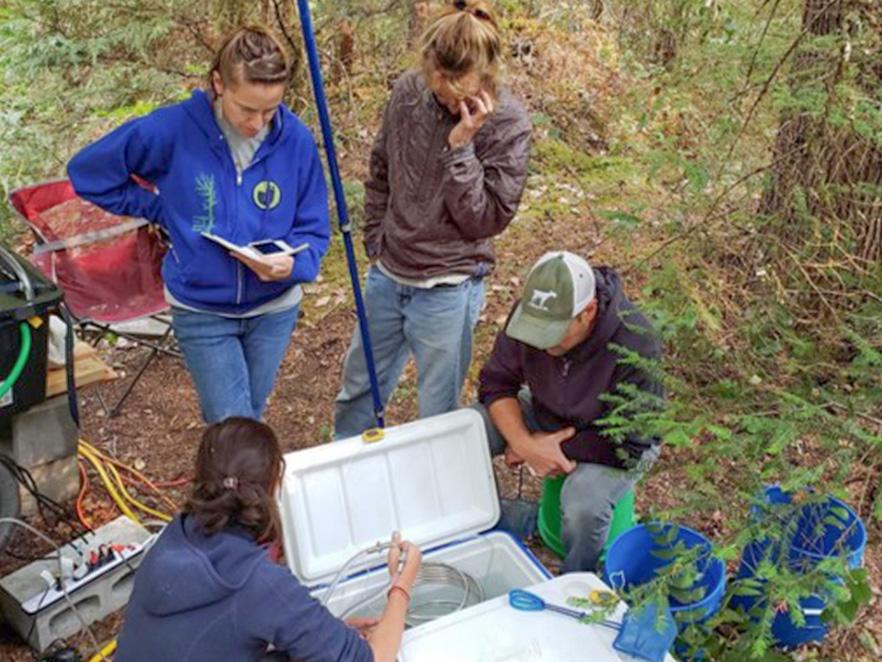
Chinook and temperature
ODFW's Kara Anlauf-Dunn conducted lab-based respirometry experiments at three different temperatures to obtain metabolic data (e.g., standard and maximum metabolic rate) on different stocks of hatchery spring Chinook salmon.
Climate forecasts and projected changes in stream temperatures may influence the distribution and persistence of native fish species. Understanding variation in thermal tolerance for hatchery spring Chinook salmon will aid managers of native species by helping identify species or populations most vulnerable to change.
These metabolic measures were then used to calculate aerobic capacity and functional thermal tolerance for each individual. This information will help make informed decisions about our fish populations and resources (e.g., set stricter fishing regulations outside of optimal thermal ranges for species, determine best species and stocks for reintroduction or stocking programs). Related Article: BROKEN - http://www.coastalcutthroattrout.org/wp-content/uploads/2019/05/16_Anlauf-Dunn-CTT-Nov-2018-pdf

Crayfish competition
Dr. Leah Mupas Segui (Novak Lab, OSU Integrative Biology) investigated competitive interactions between ringed and signal crayfish and how each species affects leaf litter breakdown and aquatic invertebrate community composition. Crayfish are an integral part of stream ecosystems and are also one of the most widespread aquatic invaders globally. Ringed crayfish (Orconectes neglectus) were discovered in Oregon's Willamette River drainage in 2015. Though they have the potential to displace native signal crayfish (Pacifastacus leniusculus) and have been found in other river systems in Oregon, interactions between the two species are largely unknown.
Mupas Segui, L. 2019. State-structured Species Interactions and Their Consequences Across Levels of Biological Organization (Doctoral dissertation). Zoology, Oregon State University.
Related article: Preston, D., Henderson, J., Falke, L., Segui, L., Layden, T. and Novak, M. 2018. What drives interaction strengths in complex food webs? A test with feeding rates of a generalist stream predator. Ecol. 99.7 10.1101/259697.

Crayfish quarantine
Dr. Sascha Hallet (OSU Microbiology), Spring Rivers Ecological Sciences, USFWS and CDFW are developing a quarantine protocol and release criteria to reduce the risk of introducing a trout parasite along with the crayfish when they are reintroduced into a restored creek.
Shasta crayfish, Pacifastacus fortis, found only in California are endangered due to habitat loss, predation and competition. Efforts to rescue a genetically diverse population from a lake and reintroduce them to a restored creek are underway. However, this creek is the headwaters for a trout hatchery and the source lake is endemic for a parasite of trout, Ceratonova shasta.
qPCR is being used to test crayfish carapace swabs, fecal and water samples (from the source lake, quarantine flume and destination creek) for both the trout parasite and its polychaete host. Crayfish are held in a quarantine flume with naive trout that are highly susceptible to low doses of the parasite. The trout act as the “canary in the mine”- if they show no signs of infection after co-exposure with the crayfish and spore levels from qPCR swabs are undetectable, the crayfish can safely be reintroduced into the creek.
California Department of Fish and Wildlife 2019. Endangered Shasta Crayfish Have New Refuge in Rock Creek.

Development and movement of frogs
Dr. Evan Bredeweg and Dr. Tiffany Garcia (OSU Fisheries and Wildlife) are investigating how stressors on tadpoles might carry over onto later life stages by raising Northern Red-Legged frogs from eggs into terrestrial juveniles.
Amphibian populations have declined world-wide. Research into their biology is a vital avenue for improving conservation efforts. Past studies have shown that developing tadpoles respond to environmental stressors but there is little research on adult frogs. Tadpoles were raised under three predator exposure treatments: rainbow trout, crayfish and control. After metamorphosing into young frogs, individuals were tracked using fluorescent powder in runways to examine their movement ability and behavior. Bredeweg, E.M., 2019. Jumping in with Both Feet: Exploring Factors that Shape Juvenile Amphibian Movement. (Doctoral Dissertation) Wildlife Science, Oregon State University
Bredeweg, E.M. and Garcia, T.S. 2020 submitted. Aquatic predators and terrestrial environment influence the movement behavior of young frogs. Behavioral Ecology.Bredeweg, E.M., Urbina, J.,Morzillo, A.T. and Garcia, T.S. 2019. Starting on the right foot: Carryover effects of larval hydroperiod and terrain moisture on postmetamorphic frog movement behavior. Front Ecol. Evol. 7:97.
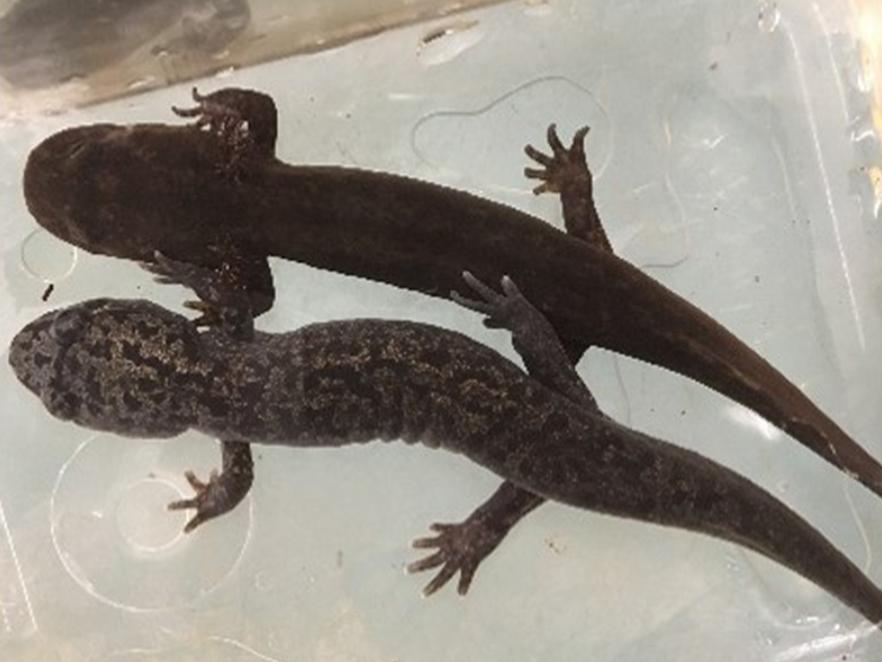
Drought and trophic ecology
Dr. Ivan Arismendi and grad student Francisco Tinoco Pickens (OSU Fisheries and Wildlife) simulated a summer temperature regime using programmable diel temperature cycles and different degrees of changing pool-depth.
Summer stream flow in Western Oregon is an important aspect of habitat quality for coastal Giant Salamander (Decamptodon tenebrosis) and coastal Cutthroat Trout (Oncorhynchus clarkii clarkii). These are some of the most numerous vertebrate animals in our local headwater streams and they face increasing environmental pressures. For example, the earlier occurrence of low stream flow in summers is causing these species to face exposure to warmer temperatures as stream habitat fragments into isolated pools.
The study investigated intraspecific and interspecific behavior such as competition and aggression using video camera observations as well as their survival under varying environmental conditions.
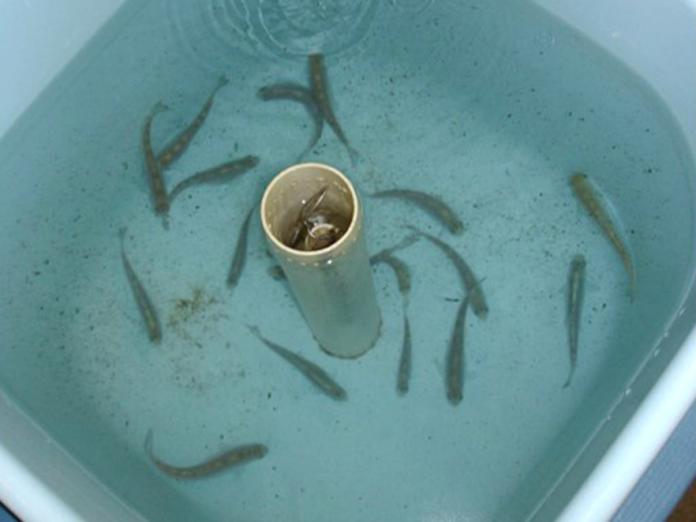
Factors affecting fish life histories
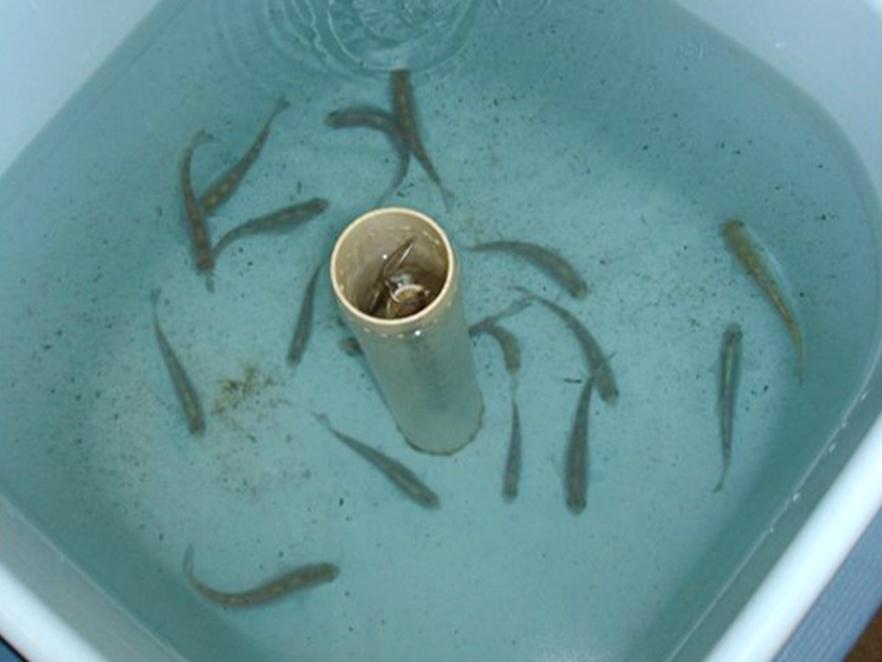
Factors affecting fish life histories
Researchers from OSU's Department of Fisheries and Wildlife and the USDA Forest Service determined that a combination of individual fish metabolism, health and rearing temperature, influences the fish's life history.
Many salmonid fishes are known for the long migrations that they undertake during their lives. Some species, e.g., Oncorhynchus mykiss have populations that either migrate to the ocean (anadromous steelhead) or remain in freshwater (rainbow trout). But what environmental factors help determine and effect whether fish migrate or not?
Research indicated that changes in somatic growth induced by altered thermal regimes can influence the relationship between body size and the probability of maturation. Accordingly, somatic growth may not be a robust predictor of shifts in the prevalence of anadromy and residency in partially migratory salmonids when compared across thermal regimes.
Sloat, M., and Reeves, G., 2014. Individual condition, standard metabolic rate, and rearing temperature influence steelhead and rainbow trout (Oncorhynchus mykiss) life histories. Canad. J. of Fisheries and Aquat. Sci. 71:491-501.
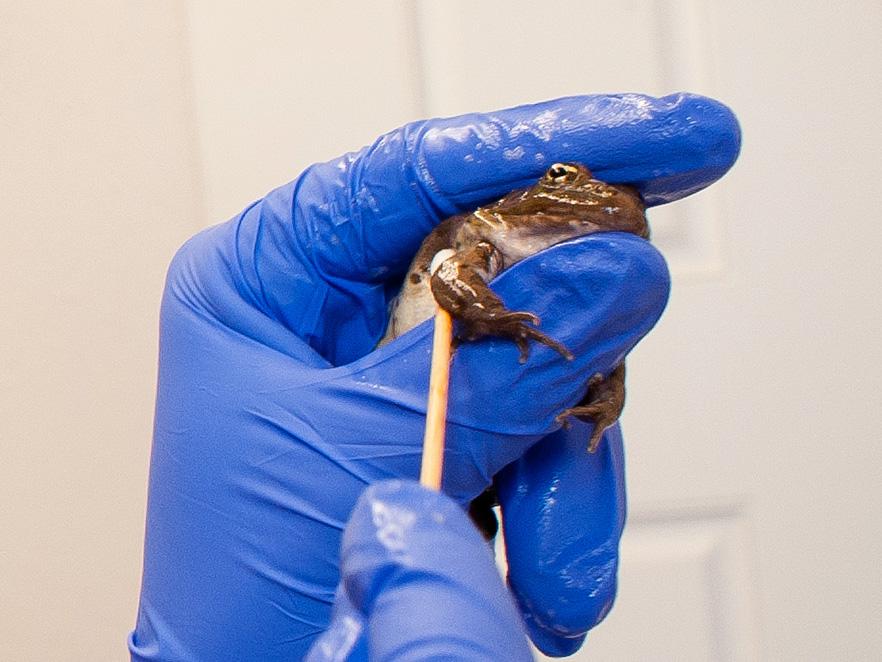
Frogs and chytrid fungus
Researchers from the Garcia Lab (OSU Fisheries and Wildlife) and Bartholomew Lab (OSU Microbiology) investigated the possible defensive effect of the frogs' natural bacterial skin community towards Batrachochytrium dendrobatidis (BD) infection.
BD is a fungal pathogen that has decimated amphibian populations around the world. Waterborne zoospores attach to the skin of the host, where they grow and interfere with the host's salt and water balance, leading to cardiac arrest. Disease challenges were conducted using both wild frogs from New Mexico, and invasive bullfrogs.
Nebergall, E.E. 2013. Ecology and applications of cutaneous mechanisms of resistance to amphibian Chytridiomycoaia. M.S. Thesis, Oregon State University.

Klamath outmigration challenge
The Fangue and Rypel Labs (UC Davis) in collaboration with the Yurok Tribe and Dr. Bartholomew's lab (OSU Microbiology) are studying the effects of C. shasta infection on outmigration success of chinook salmon.
As anadromous fish, chinook transition from fresh to saltwater where they undergo smoltification, i.e., physiological changes meant to help them cope with the shifts in their environment. Smoltification is a vital but energy costly change that can be hampered by environmental stress. One stressor of great concern is the parasite, Ceratonova shasta. In recent years, increasing river water temperatures and lower flows have resulted in higher parasite loads and stress in the fish leading to large fish dieoffs in the Klamath River.
Funded by a California Seagrant, this project simulates multiple stressors in the lab and using survivability, physiological and genetic parameters; will provide us with an indicator of migration success in different chinook stocks and river systems.

Pacific lamprey oxygen stress
Patrick Carilli (Armstrong and Heppell Lab, OSU Fisheries and Wildlife) has been studying the chronic effects of temperature and oxygen stress on larval Pacific lamprey physiology. The Pacific lamprey (Entosphenus tridentatus) is endemic to the Columbia River basin. They play an important role in the ongoing health of these systems, yet have steadily declined in abundance. Using tools like respirometry, they hope to quantify the impacts these stressors have on the developing fish. This information may help explain and hopefully assist in reversing the population decline.
Carilli, P. 2020. The Physiological Response of Larval Pacific lamprey to Chronic Heat Stress. (Master’s Thesis). Fisheries and Wildlife, Oregon State University.
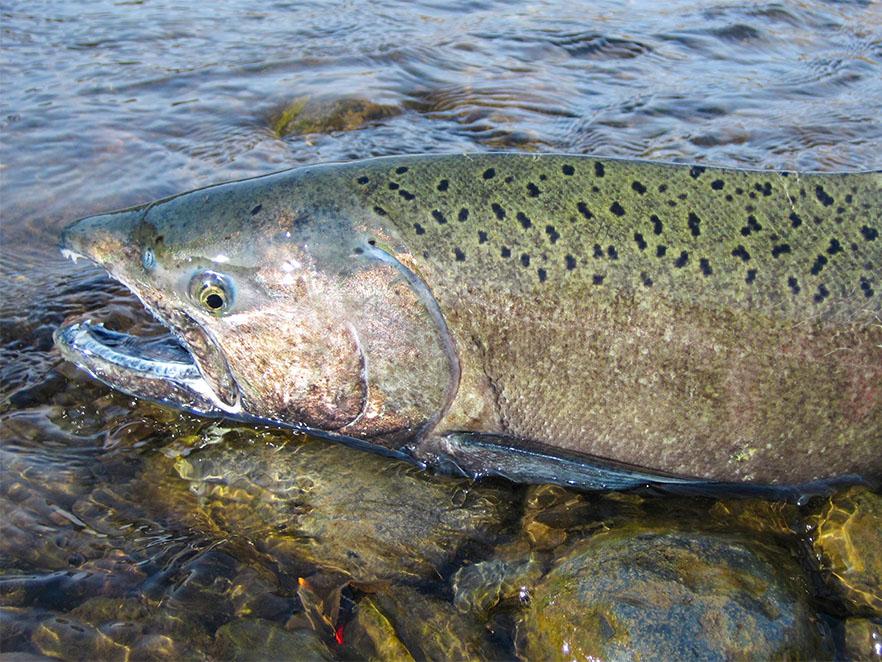
Salmonid gut microbiome
Dr. Tom Sharpton's lab (OSU Microbiology) is investigating the effects of environmental stressors such as water temperature, pathogens and antibiotics on the salmonid gut microbiome. Intestinal microorganisms found in animals are beneficial to host health. However, both wild and hatchery salmonids are increasingly subject to environmental conditions, such as high water temperature due to climate change, that may disrupt potential benefits provided by the intestinal microbes. These studies will help us understand how intestinal microorganisms may be contributing to the health of the salmonid host.
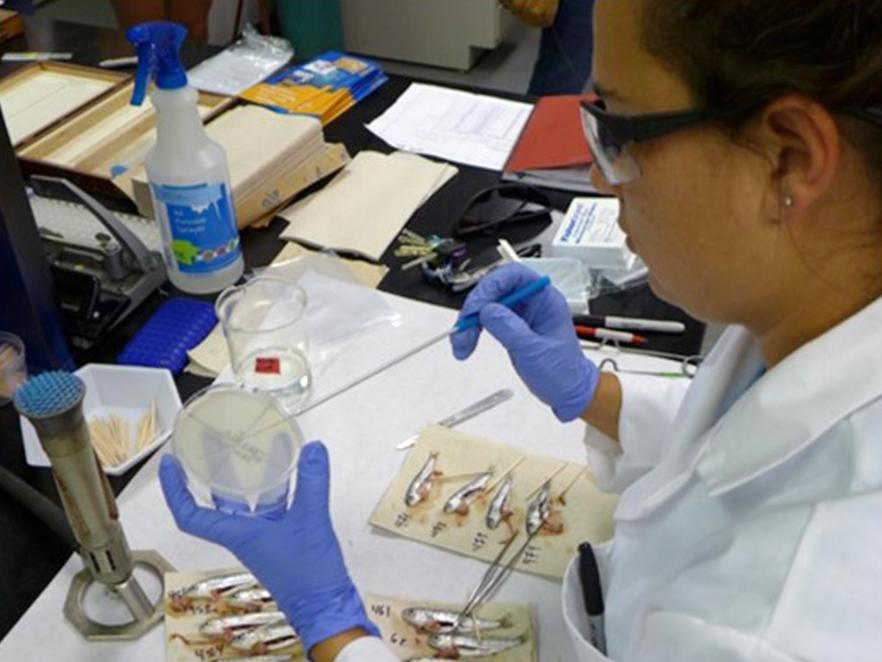
Wild versus hatchery
Dr. Michael Blouin (OSU Integrative Biology), Dr. Jerri Bartholomew (OSU Microbiology), and ODFW Fish Health Services studied hatchery effects on disease resistance in rainbow trout. Oregon has over 30 fish hatcheries that protect and propagate fish. ODFW worked with OSU to answer two overarching questions on the interactions between hatchery and wild fish: (1) What is their comparative fitness (regarding disease resistance)? (2) Are pathogens transferred between hatchery and free-ranging fish? Different salmonid species and stocks were studied using sentinel fish exposures and lab experiments.
There were no differences between hatchery and wildfish on disease resistance in rainbow trout. Sentinel fish held downstream of hatcheries undergoing epizootics developed infection with the same pathogen but effects depended on distance, dilution and the specific pathogen.
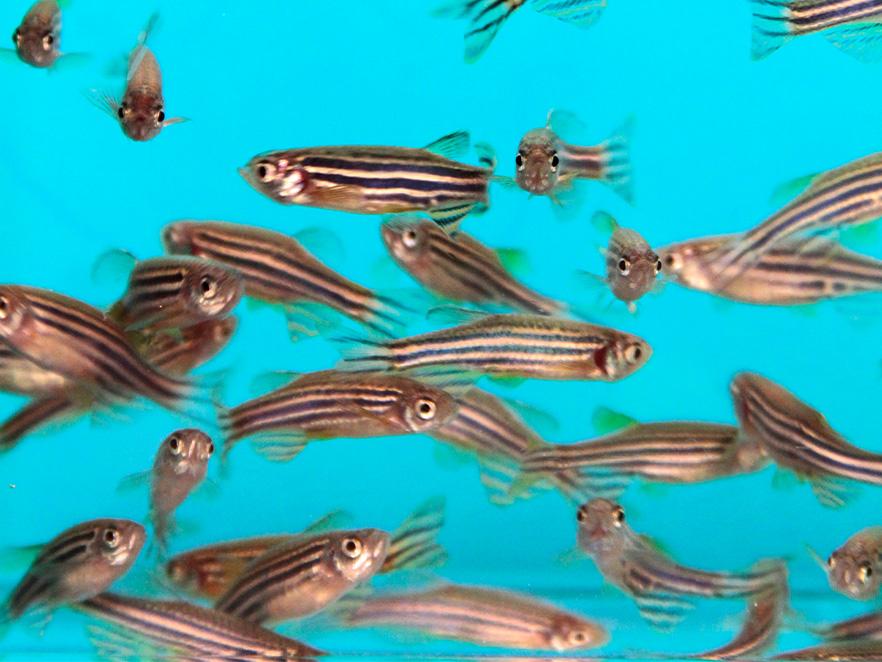
Zebrafish and disease research
Dr. Jan Spitsbergen studies both diseases that specifically affect zebrafish and human diseases that can be modelled in a zebrafish host. Fish can be used to study human diseases including cancer, genetic conditions including Fanconi anaemia and infectious agents such as bacteria and parasites. Zebrafish are a particularly useful model species, as they breed well, grow rapidly, and are laboratory friendly. Genetically modified zebrafish have been developed that are more susceptible to a range of cancers for use in human cancer studies.
Spitsbergen, J.M., Buhler, D.R., Peterson, T.S. 2012. Neoplasia and neoplasm-associated lesions in laboratory colonies of zebrafish emphasizing key influences of diet and aquaculture system design. ILAR J. 53(2):114-125.
Spitsbergen, J.M. and Kent, M.L. 2003. State of the art of the zebrafish model for toxicology and toxicologic pathology research--advantages and current limitations. The Toxicologic Pathology 31:62-87.
